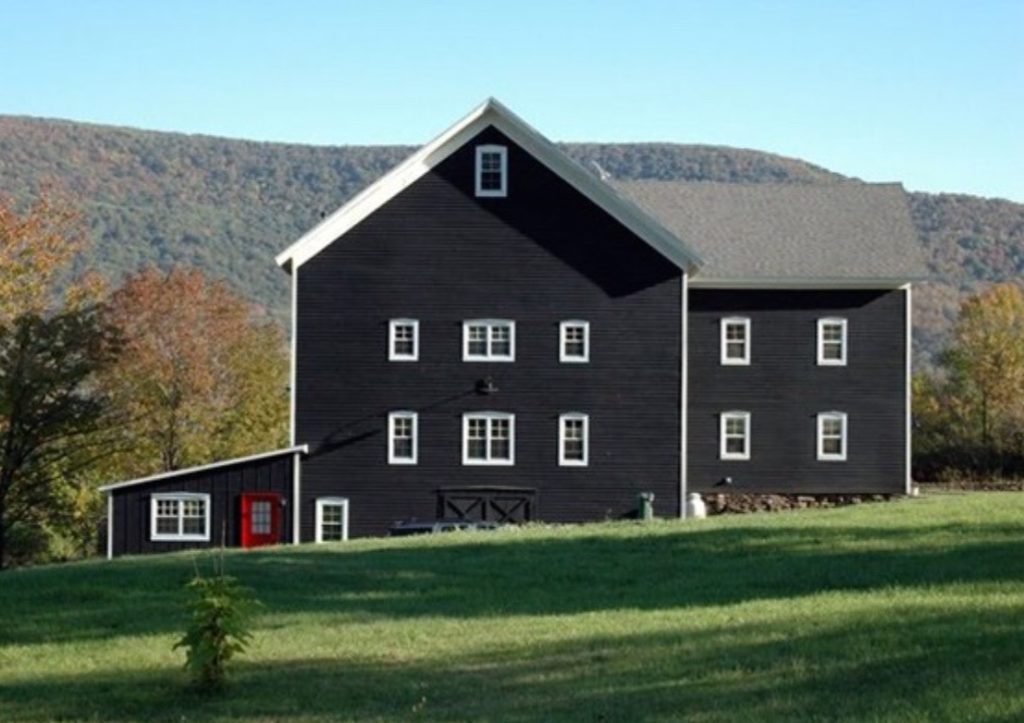
Derek Sanders, Modern Black Farm House, CT
There is no combination more graphic than black and white. Using polar opposites creates maximum contrast which translates into drama. Whether dealing with an interior or exterior, the absence of another hue puts emphasis on pattern and that creates focus on form. The addition of another color changes the whole equation. Three colors bring a different kind of balance to a space and more possibilities for complex color relationships. Black house exteriors have come into vogue and for good reason. They make a very big, grand statement. Black and white interiors are tricky to pull off well.

Steven Whiting B+W Bathroom
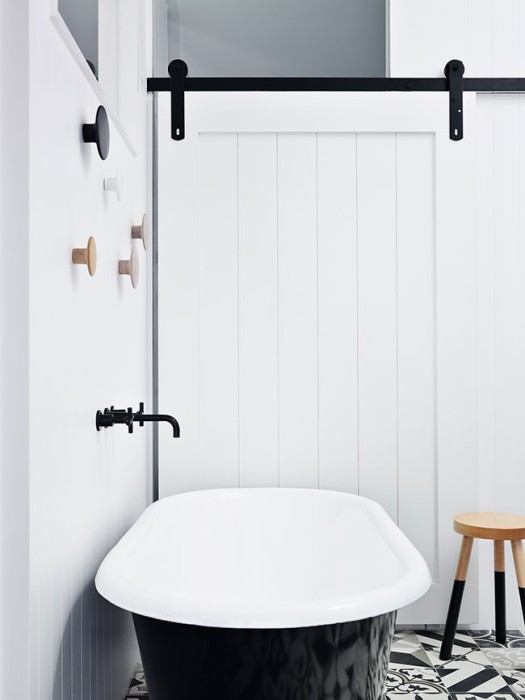
Steven Whiting Black + White Bathroom

Emerick Architects
Bathrooms and kitchens seem to lend themselves to this choice. Perhaps the geometric edges created by the interplay of black and white are best assigned to the hard surfaces in these rooms. Once textiles come into play, the room cries out for more color and some softness. If the palette remains just these two colors the room feels cold, lacking the convivial atmosphere most want in a room where people socialize, communicate or relax. Using patterns in black and white help add dynamism. Tiles, especially those with curves in their pattern, help soften the look.
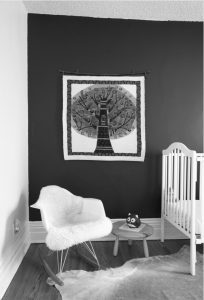
Black & White Nursery
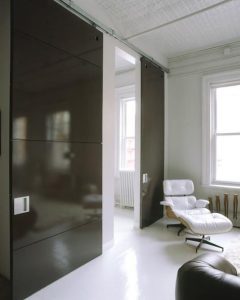
Dawn A. Jones Design
Black and white is also a very adult combination and doesn’t lend itself well to nurseries or children’s rooms. See above. Studies have been done which prove children need bright and varied colors to aid in their development. The living room above exemplifies how austere this palette can appear. Without more color or the intricacy of some kind of pattern, the large color blocks of black and white hold no warmth and little appeal. If you find yourself committed to using black and white in room, use pattern to add complexity. This helps create personality. The addition of other colors adds much, much more.

Look how adding just the warmth of natural wood below, or the pop of an accent color changes everything. It creates a much more approachable space.
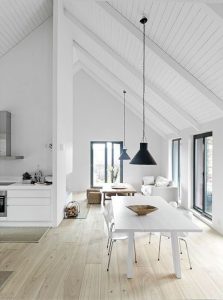
Emma Wessels
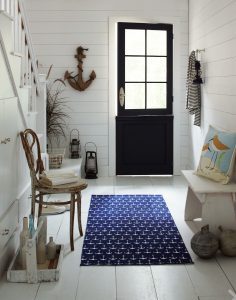
Navy blue changes the whole dynamic.

